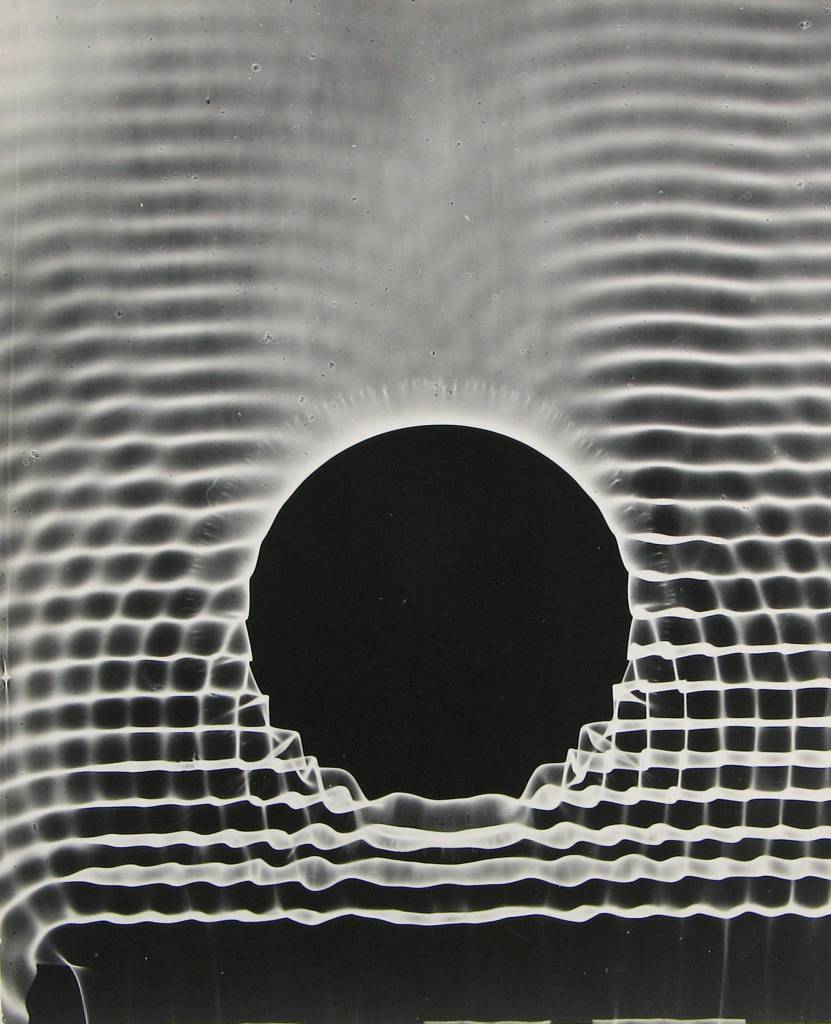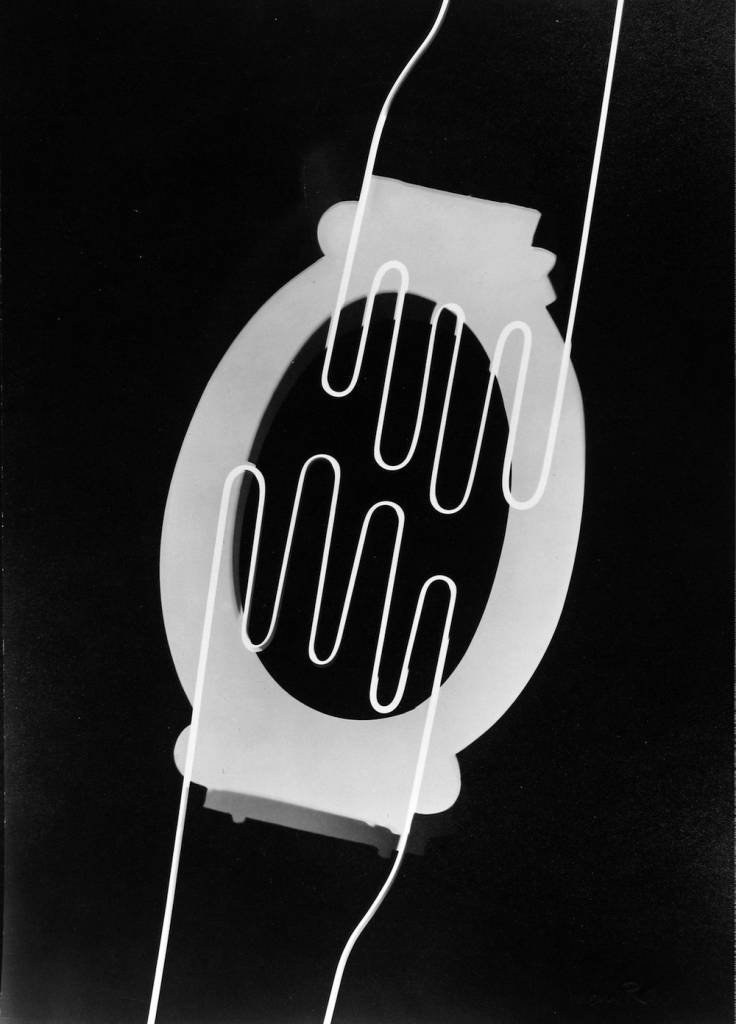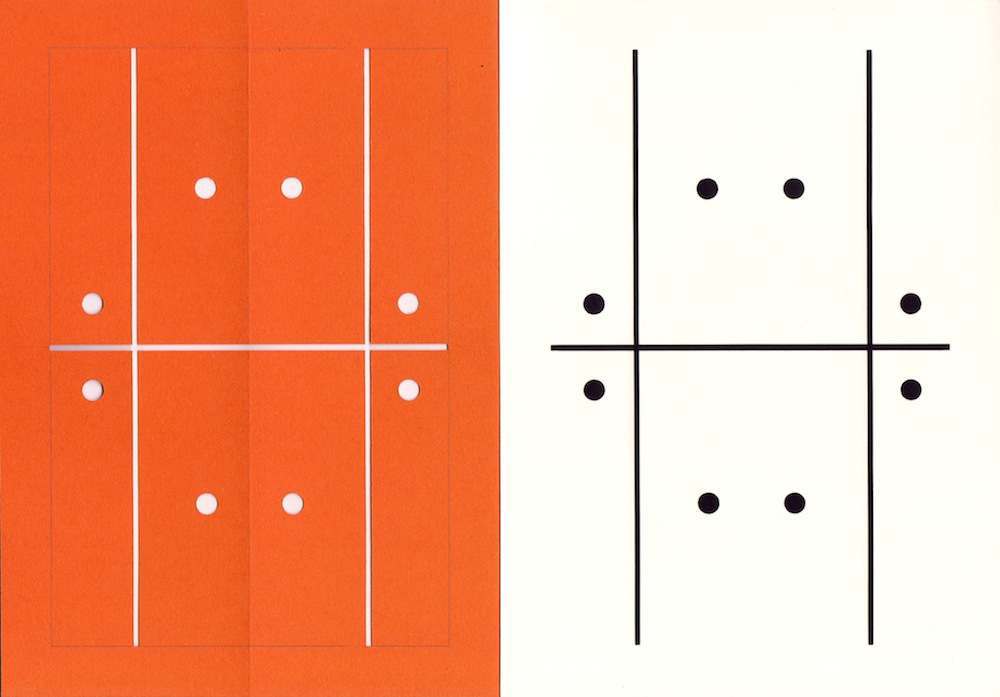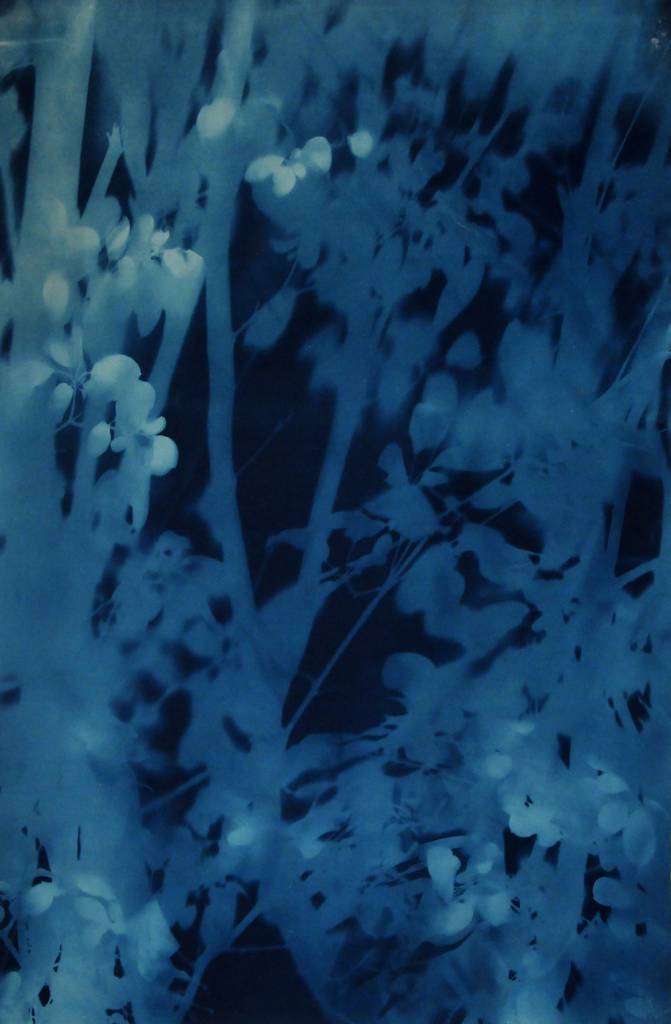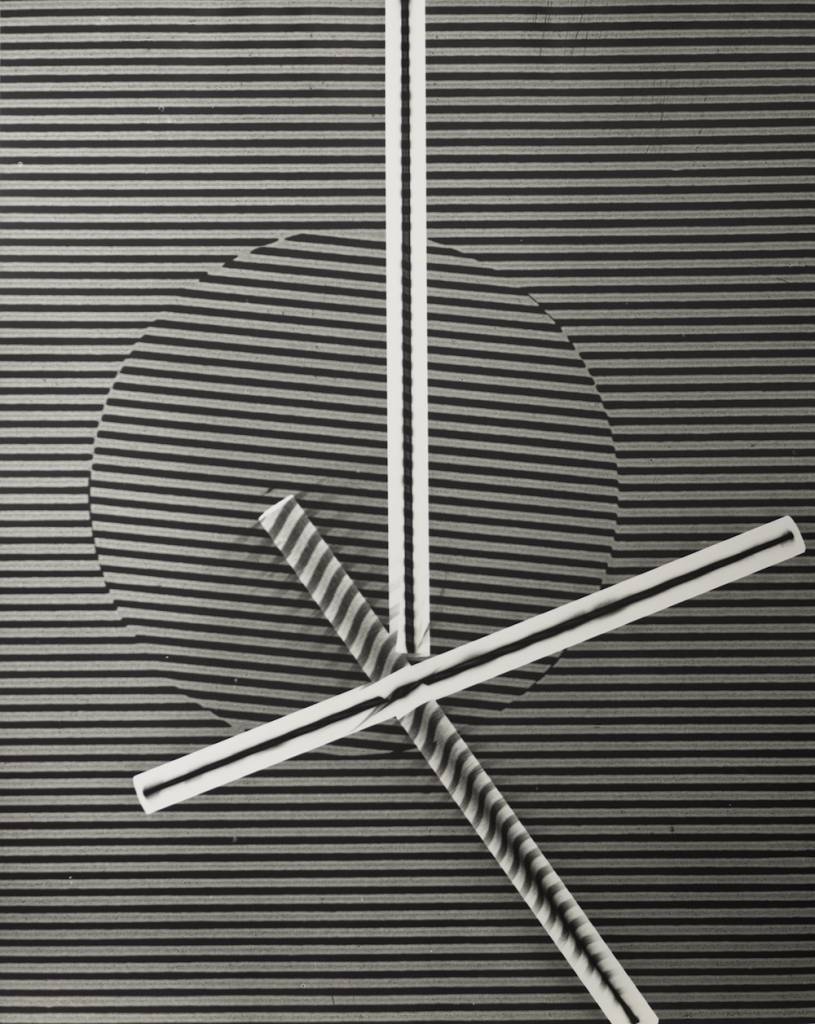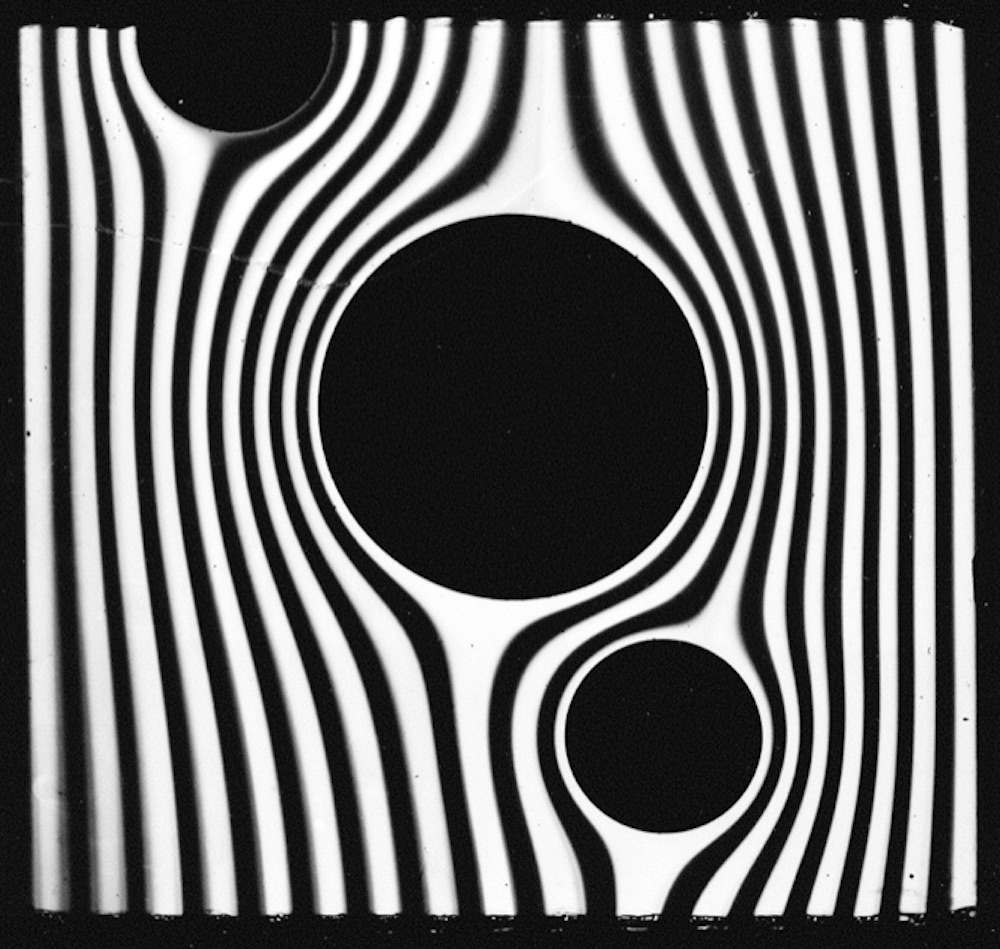A photogram is a camera-less technique for image making. An object is placed upon a light sensitive material in the dark. Then everything is exposed to the light. The resulting 1:1 image is a negative shadow (or positive light, if you prefer) that varies in tone dependent on the transparency of the objects placed on the light sensitive paper. Unlike a photograph, a photogram is always the original image. There is no negative, the master from which the photographic print is made (or was before digital photography). So, the photogram becomes a new form of expression steeped in mystery and expectation.
London’s Atlas Gallery is showing a wonderful collection of Photograms, including Berenice Abbott’s (1898- 1991) avant-garde photograms of wave patterns made at the Massachusetts Institute of Technology (MIT) in the 1950s.
…works by Man Ray (1890-1976), Christian Schad (1894-1982) and László Moholy-Nagy (1895-1946), who experimented with the medium independently in the 1920s. Schad had begun to create his ‘Schadographs’ by capturing litter and detritus from the streets of Zurich in 1918-19. It is thought that Tristan Tzara, the leader of the Dada movement in Paris saw Schad’s work and showed it to Man Ray who began to make his own ‘Rayographs’. Continuing the potential chain of influence, in 1930 Moholy-Nagy hired György Kepes (1906-2001) as his assistant in his Berlin studio. Kepes, who was later to work at MIT also, experimented further with the genre by combining techniques such as cliché-verre and decalcomania, yielding unpredictable patterns. The results of these experiments by Kepes are included in this exhibition.
Would you like to support Flashbak?
Please consider making a donation to our site. We don't want to rely on ads to bring you the best of visual culture. You can also support us by signing up to our Mailing List. And you can also follow us on Facebook, Instagram and Twitter. For great art and culture delivered to your door, visit our shop.



